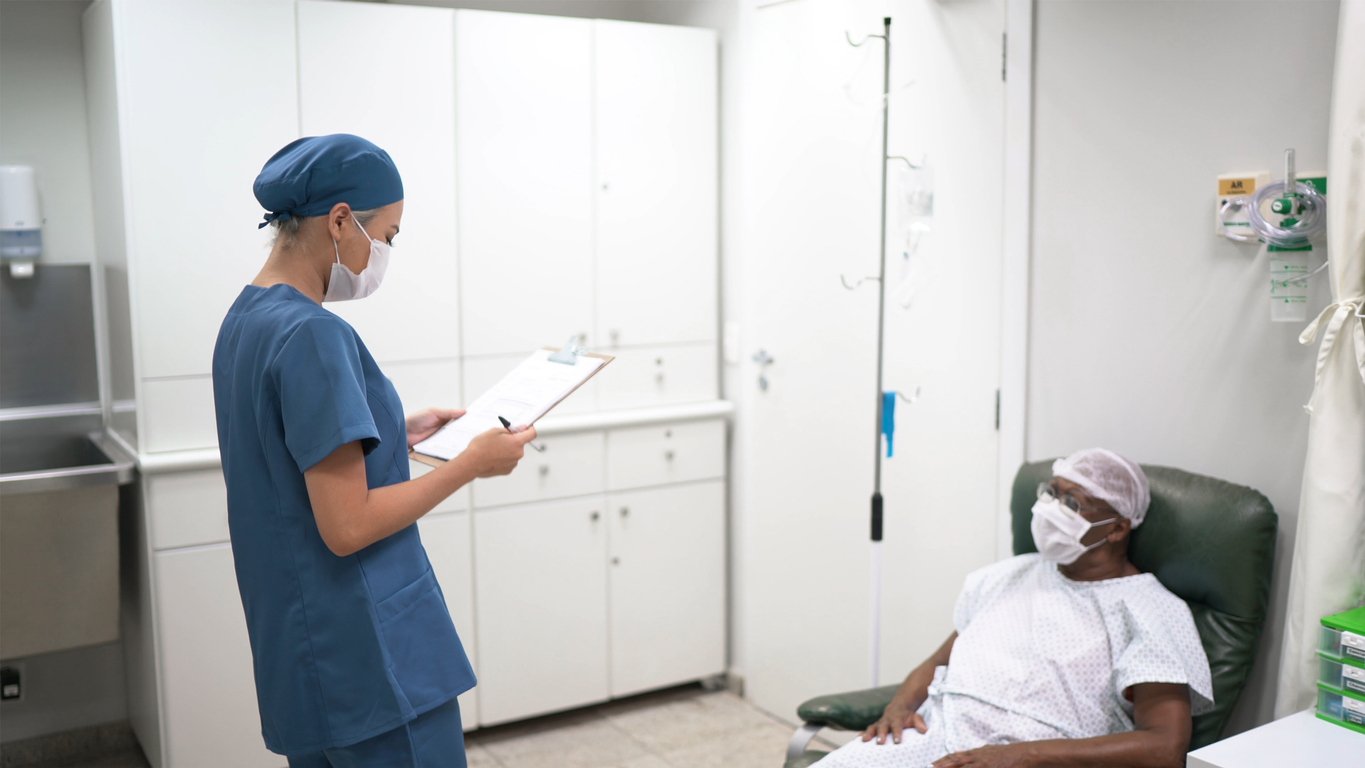The Irish Skin Foundation (ISF) has published a revised and expanded psoriasis patient support booklet.
With up to 100,000 people in Ireland affected by psoriasis, and up to 20,000 of these living with a severe form, the ISF has updated its ‘What you need to know about psoriasis’ support booklet, which is a useful resource to give to patients with psoriasis.
The new edition provides revised information on understanding, managing and living with psoriasis. Updated sections include, what psoriasis is, the different types of psoriasis, treatments available, associated conditions, self-care tips and more.
This booklet, which first appeared in 2014, was extensively revised after wide consultation with people with psoriasis who have contacted the ISF Helpline, dermatology nurses and consultant dermatologists.
Although there is no cure for psoriasis, there are a range of effective treatment options available, which can be offered on a stepladder approach, including dithranol, tar, and UVB phototherapy. For those with moderate- to-severe psoriasis who have not responded to milder treatments, systemic treatment may be needed (eg, ciclosporin, methotrexate, acitretin and fumaric acid esters).
A number of biologic agents have been licenced for the treatment of psoriasis, including TNF inhibitors (eg, adalimumab, etanercept and infliximab), the interleukin (IL) 12/23 compound ustekinumab, and the IL-17A antagonist, secukinumab. These agents have significantly broadened the range and efficacy of treatment options available and revolutionised the care of more severe psoriasis patients.
<h3 class=”subheadMIstyles”>Key symptoms in psoriasis include:</h3> <p class=”listBULLETLISTTEXTMIstyles”>Red, scaly plaques or lesions with sharply defined edges, that occur most commonly on both elbows, both knees, the scalp, under arms, under breasts, natal cleft and genitalia, or at the site of an injury.
<p class=”listBULLETLISTTEXTMIstyles”>If the scales are gently scraped off, a number of small, bleeding points can be seen underneath.
<p class=”listBULLETLISTTEXTMIstyles”>Nail changes – loosened, thickened or pitted nails.
Plaque psoriasis is the most common form of psoriasis, affecting approximately 90 per cent of patients. The plaques can vary in number, size, and location but the sites most frequently affected, are the knees, elbows, scalp and sacrum. The plaques are often itchy and painful, and can crack and bleed.
Guttate psoriasis usually has a sudden onset with the widespread appearance of small, red teardrop shaped patches less than 1.5cm in size. The onset is often preceded by a streptococcal throat infection. In many cases, the condition disappears by itself after a few weeks or months.
Flexural psoriasis occurs in skin flexures such as under the breasts, in the armpits or the groin. The plaques are usually red, smooth and shiny. There is very little or no scale, due to the presence of sweat. Painful superficial skin fissures sometimes occur in skin creases. Candida albicans can also develops, due to the naturally warm moist environment found in these areas.
Scalp psoriasis affects up to 80 per cent of people with psoriasis and sometimes is the only area of involvement.
A new step-by-step section on treatments for scalp psoriasis has been included in the ISF booklet. This new section includes some useful techniques patients can use at home to treat their scalp psoriasis with over-the-counter and prescribed treatments.
<h3 class=”subheadMIstyles”>Psoriatic arthritis</h3>
There are a number of other conditions that have been associated with psoriasis including psoriatic arthritis (PsA), which is covered in the booklet.
Studies indicate a wide prevalence rate of PsA among people with psoriasis; anything between 6 and 42 per cent.
Key symptoms associated with psoriatic arthritis include joint pain, especially with redness, swelling, and tenderness; pain in the heel(s) or tennis elbow; finger or toe that is completely swollen (sausage shaped) and painful for no apparent reason; and morning stiffness/pain in the back that improves with movement.
<h3 class=”subheadMIstyles”>Support</h3>
The ISF’s ‘What you need to know about Psoriasis’ support booklet is available free of charge by post or can be downloaded from the ISF website at www.irishskin.ie.
The ISF also operates a free helpline (01 486 6280) and web questionnaire service, providing direct, accessible and specialist guidance and support to skin condition patients.
The ISF also holds regular information and awareness events on various skin conditions, including psoriasis.
Meanwhile, the ISF has pointed out that patients may not be aware that they can claim back money from Revenue for over the counter items used to treat their psoriasis like creams, medications or other aids and appliances in certain circumstances.
Revenue allows for tax back on health expenses incurred in the provision of healthcare, which is defined as the prevention, diagnosis, alleviation or treatment of an ailment, infirmity, defect or disability.
In addition, it also covers cosmetic surgery only as a result of a physical deformity arising from, or directly related to, a congenital abnormity, personal injury or disfiguring disease.
Medicines and associated items that qualify for tax back must be:
(a) Supplied by a pharmacist and
(b) Be written on the medical practitioner’s medical / prescription pad.
Thus, any relevant over-the-counter items prescribed by a medical practitioner can be claimed back under the tax system, at 20 per cent of the cost of the item, once the relevant prescription and pharmacy receipts are kept.












Leave a Reply
You must be logged in to post a comment.